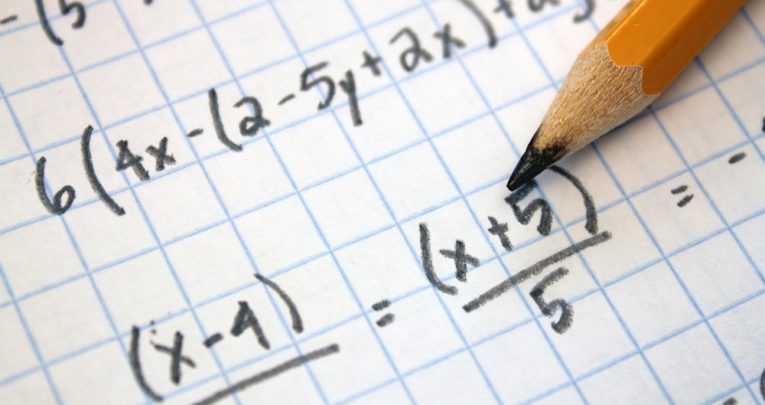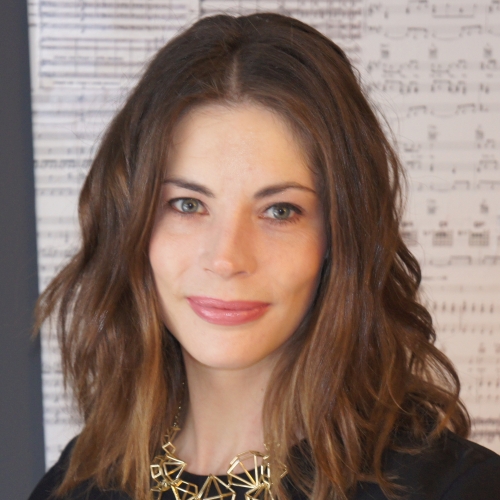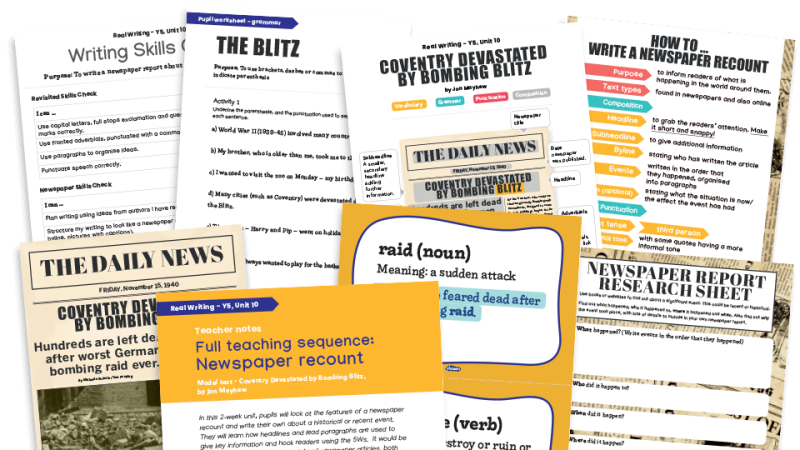‘x’ marks the spot – How to get algebra right from the get-go

When introducing algebra, don't start too early, be clear about its purpose and give your students prognostic practice, advises Jemma Sherwood…

Algebra is tough. Many students who can work quite well with numbers really struggle when it comes to algebra, and many students find they cannot access it at all – like some sort of alien language, full of x and y and nothing of sense.
The thing is, of course algebra is tough. It is complete abstraction; it represents taking what we know about numbers and generalising these ideas. If you are insecure with how numbers work, how can you possibly effectively generalise their interactions?
Course of misunderstanding
Consider the following examples. We know that 4 + 4 + 4 = 3 × 4, and we know that 5 + 5 + 5 = 3 × 5. We can see that ‘a number’ + ‘a number’ + ‘a number’ will always be the same as the number multiplied by 3. If we use a letter instead of writing ‘a number’ we end up with x + x + x ≡ 3x.
This is very often taught under the banner of collecting like terms, but with little reference as to why the letter is even there in the first place. Divorcing algebra from its very reason for existence sets us on a course of misunderstanding which is very hard to alter once started.
The problems come straight away, when students are presented with something like the following:
3a – 4b + 2a + 2b ≡ 5a – 2b
Why are there two letters? What do the two letters mean? Why is the answer not 3ab? Or 5A – 2B?
A well-meaning teacher might further compound the issue with an apples and bananas comparison, meaning the students have no chance of seeing these variables as anything more than letters.
For something more complex, take algebraic fractions. Unless our students are confident and fluent in adding, subtracting, multiplying and dividing numerical fractions they will never understand the abstraction to their algebraic counterparts.
The processes involved become an exercise in trying to remember when to cross-multiply or multiply ‘normally’, or not multiply at all, or flip, or … “I hate algebra!”
Our teaching of algebra needs more clarity and specificity, both of application and of purpose.
Addressing the problem
I suggest three things to start to address the algebra problem. Firstly, don’t teach algebra too soon. It’s tempting to bring it in at the start of Year 7 as a way of saying, ‘You’re in secondary now, we do proper maths‘ – but that will not help your students. Begin teaching algebra once they know how to work with numbers.
Secondly, when you do start teaching algebra, begin with the purpose and the conventions. Show students that we’re generalising numerical operations and allow them to practise this explicitly, with questions such as:
Write the following sums as a multiplication:
a) 10 + 10 + 10
b) x + x + x
To prevent you having to clarify notation and conventions over and over again, don’t just tell students about the conventions – get them to do exercises with questions such as:
Write the following using standard notation and conventions:
a) 2x ÷ 3
b) 5 x xxy
c) b3
Make sure students know why we write a coefficient before a variable, or why we write a curvy ‘x‘. Also, make sure you and they regularly use words such as ‘variable’ and ‘coefficient’ from the outset; by learning these words, you and the students speak a shared language and life becomes so much easier.
To help them assimilate such unusual words, require them to reword sentences using them when appropriate, and make vocabulary building an essential part of your lessons.
Thirdly, when teaching number earlier on, deliberately give students prognostic practice that makes them familiar with ideas they find so hard in algebra:

Behind these suggestions is the knowledge that if algebra is the one thing our students often fail to grasp, then we must ensure that we allow sufficient time and intelligent practice to get it right from the start.
Jemma Sherwood is head of mathematics at Haybridge High School and Sixth Form, an SLE and previously a finalist for Teacher of the Year in a Secondary School at the Pearson Teaching Awards; she blogs at jemmaths.wordpress.com and tweets as @jemmaths.












